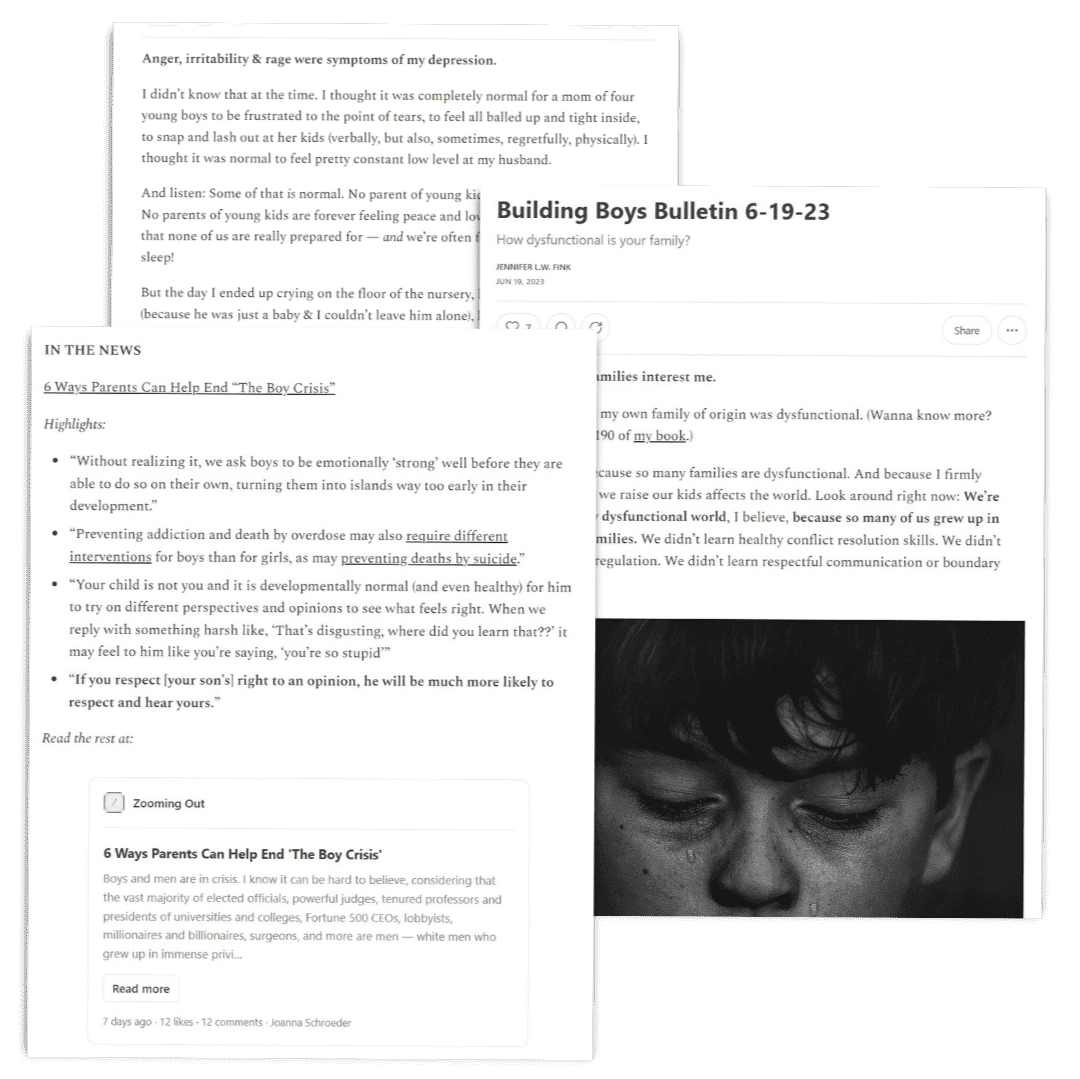Feeding a newborn can be challenging. There are a lot of considerations to take into account, and it can be difficult trying to balance your own diet with your child’s. You might be worried if your child is eating too little or too much, and you might have concerns about the baby food that you’re buying them. To give you a hand, we’ve compiled this guide that will teach you how to get through the most difficult part of your child’s diet: the first year.
It’s important to remember that you should always consult your doctor before making any drastic changes to your child’s diet. You also shouldn’t stress too much about your child’s food and forget to feed yourself. If you have any doubts, remember there’s a world full of people who are more than happy to help you through communities such as Reddit. But without further ado, here’s a one-year feeding guide for your newborn baby.

0-4 Months
This is the easiest part since for the first four months, your baby shouldn’t be eating anything solid. You should only be feeding them breast milk or formulas, nothing hard and nothing from jars. Here are a couple of tips to ensure that your child is getting the right amount of breastmilk: If your baby calms down and relaxes after feeding, then it’s a sign they are satisfied with the amount they’ve had. If your breasts feel somewhat softer after nursing your child, then it’s a good indication that your baby has emptied the milk that made them firm. However, if your baby’s urine is fairly dark, or their behaviour is fairly erratic and unable to fall asleep, it’s an indication that your baby isn’t getting enough.
Keep in mind that you can replace breast milk with a newborn formula if it’s difficult to nurse your child. There could be several reasons for this, such as not having much time with your child throughout the weekday,
4-6 Months
This is the first milestone of your child’s development. By the halfway mark, your baby’s natural iron stores will have almost been depleted and it’s time to introduce different nutrients into their body so that they can grow to become stronger and healthier. You should start with solid foods around the 4-month mark, but be sure to consult your doctor before you feed them anything hard.
Start feeding them simple foods such as rice cereal and pureed fruits and vegetables. By simply blending a bit of cereal with several teaspoons of breast milk or your chosen formula, you’ll get the desired consistency that will make it easy for your child to swallow and digest. As the months go by, gradually increase the thickness by using less breast milk or formula. You can also puree meat if they’re easily able to eat the other pureed foods. You can start with just a single teaspoon of pureed food alongside your regular breast milk or formula.
6-8 Months
You’re at the halfway mark! This is where you can start pureeing vegetables on a more regular basis, but it’s still a good idea to continue feeding them breast milk and formula. Try to start with vegetables and then move on to fruits later. This is because babies naturally enjoy sugar more than vegetables, and you want to build up good habits early on by introducing only a small amount of pureed fruits.
Juice can be a great substitute, but it’s important to remember that citrus juices are far too acidic for babies at this point. The concentrated sugars are also a problem for your baby, so only give juice if it’s not sweetened with sugar and if it is fortified with nutrients like vitamin C. If you absolutely have to give your baby juice, then make sure it’s diluted with water.

8-10 Months
Up until now, your baby has probably been focusing on mainly pureed and mushy foods that are easy to swallow and digest. However, if you notice that they’re more than capable of eating solid foods now, then it’s a good sign that your child is ready to move on. Again, consult your doctor before making any drastic changes to your baby’s diet and slowly introduce these changes so that you’re not forcing your child to progress earlier than they should be.
This is where you need to start introducing things such as meats and harder foods to get your baby used to different textures. For example, try soft fruits such as mashed pears and peaches, and consider giving your baby “finger” foods. This includes cereal, scrambled eggs, well-cooked pasta and toast strips. For protein, add small bits of well-cooked meat, boneless fish, tofu and beans that have been cooked until they’re fairly mushy. As usual, you should still be feeding your child breast milk and formula, but this is the stage where you can start feeding your child bits off your own dinner plate.
10-12 Months
And here’s the final stretch. By now your child should have been exposed to a variety of different textures and they should find it easy to swallow solid foods. With more teeth, they’re now capable of eating harder foods and should be getting accustomed to using eating utensils such as a spoon. You can start cutting up fruit into strips or cubes instead of mashing it, and you can add bite-sized vegetables such as corn, peas and baby carrots to their food.
Some mushy foods such as macaroni and cheese are great because it introduces dairy into their diet, but try not to feed them cow’s milk until they’re passed the 12-month mark. Protein is still the same, and you should keep feeding them cereals that are fortified with iron to help keep their bodies full of good nutrients. Introduce new foods one at a time and try to mix it up on a regular basis. If possible, keep a food log of the things you feed your baby so you can easily detect if they have allergies or problems with certain foods.
This post contains affiliate links.






